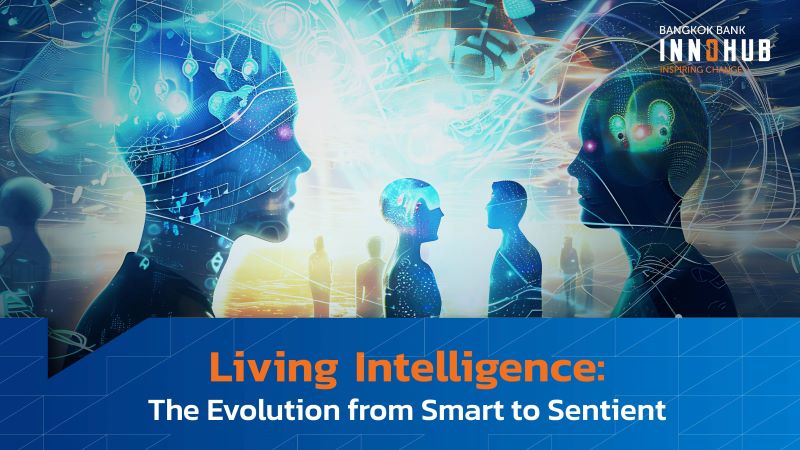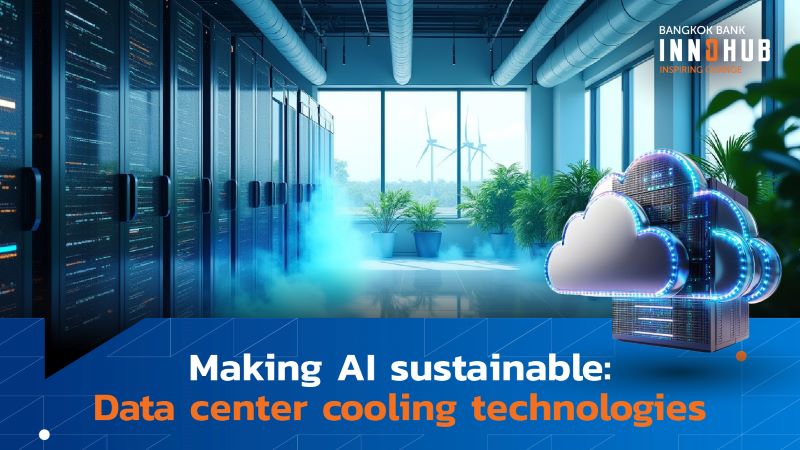Success in business starts with having the right ideas, the resources to bring them to fruition, the leadership to build and coordinate an effective team, and a winning culture to make sure that each part of the business functions according to its potential.
Other factors may play an outsized role as well, depending on the nature of the business. It is often necessary to maintain strong relationships with partner organizations, as well as a resilient supply chain to ensure continuous operations.
Technology has an important role to play in all of these areas – from data analytics that inform strategy, to hiring and training staff, to internal and external communications, to robots on the assembly line, and more. Yet despite the extent to which technology already shapes the world of business, our reliance on tech is certain to grow further in the years ahead.
The following five upcoming tech trends will help businesses re-establish sustainable growth trends and gain an edge over their competitors in 2023, provided these innovations are implemented in a timely and effective manner, and put to good use.
1. Virtual and Augmented Reality
Virtual Reality (VR) allows users to enter simulated three-dimensional environments, while Augmented Reality (AR) overlays digital content onto the physical world, letting users interact with virtual elements of their environment.
Companies across industries are beginning to use both VR and AR for more immersive and realistic employee training. VR is also, thanks to the efforts of Meta and other businesses, emerging as a next-gen platform for general communications. Businesses will use this space for customer outreach purposes to support their larger marketing efforts, such as email campaigns or social media engagement. Data analytics can further enhance their efforts in this area, so that necessary tactical changes can be applied to improve the way customers receive and visualize information.
2. Digitally Editable Worlds
A digitally editable world lets users modify and manipulate their environment using digital tools such as 3D-modeling software. This process lets anyone create virtual objects in an augmented reality application. It can be used to excellent effect in a wide variety of industries, including automotive, nanotechnology, and medicine. Users can alter certain variables and test different scenarios, such as experimenting with various physical or chemical properties.
These worlds can have a range of effects in real life. For example, a car manufacturer might test their products and prototypes digitally before moving on to mass production, to identify any potential defects. This extra step of fast, cheap digital experimentation could lead to design ideas that improve overall safety and efficiency.
Additionally, digitally editable worlds provide a platform to create new products that would otherwise be impossible. By manipulating digital genes and organisms, new medicines and treatments could be developed to prevent disease.
This is the next logical step after digital twins, which we’ve written about before here.
3. Industry Cloud Platforms
These cloud-based solutions are designed to solve specific industry challenges via an integrated suite of applications, services, and tools. Cloud service models are commonly offered in three different ways: IaaS (infrastructure as a service), PaaS (platform as a service), and SaaS (software as a service).
Cloud computing provides access to a wide range of computing resources, including hardware, software, networking, and storage. These allow companies to easily scale their capacity to accommodate changing demands, helping them expand their operations where warranted. Their benefits also include cost savings, scalability, and security, all while increasing efficiency by streamlining IT operations and allowing for improved collaboration.
4. Sustainable Technology
As people become more aware of how various industries impact the wider ecosystem, reducing the ecological footprint of market activity will be a prime focus for many corporations. Advancements in renewable energy sources include solar and wind power, smart grids, and energy efficient appliances. Customers and investors alike prefer companies that operate according to reputable green initiatives.
Still, the path to true sustainability is a long one. Power-hungry data facilities contribute to heat generation, electronic waste, and air pollution. Investments in sustainable technology can help companies save money and resources in the long run, reducing greenhouse gas emissions while cementing their status as ecologically friendly organizations.
Breakthroughs continue to be made in this area all the time, like this recent story about scientists creating an energy-positive fusion reaction for the first time.
5. Advanced AI
Artificial Intelligence has evolved rapidly over the years, automating routines for relatively simple processes and helping to optimize complex ones. In 2023, AI-based data analysis will become standard around the business world, generating insights that help companies make better decisions.
It will also be used for tasks normally requiring human guidance, including detailed text and image generation, medical diagnoses, driving, and interacting with customers online. With AI, businesses can save money on resources and labor, while improving both efficiency and service quality in many areas.
Tools for success
When selecting the best technologies for your business, it’s important to consider your current objectives, as well as how the technology will help you achieve them. The right alignment of technology with business strategy, when managed by a smart and creative team, can help businesses find their way forward in 2023 and beyond.




